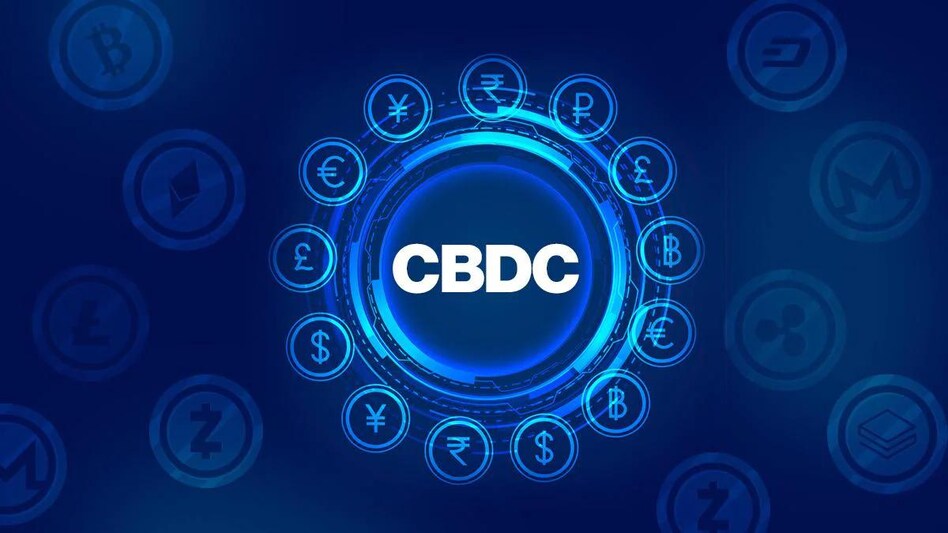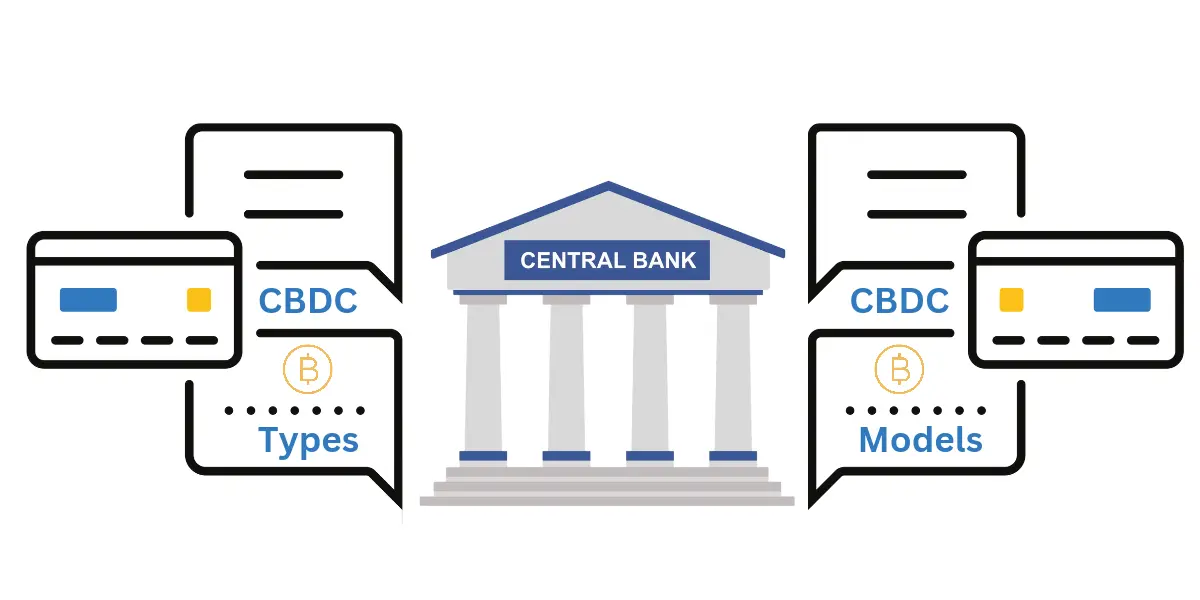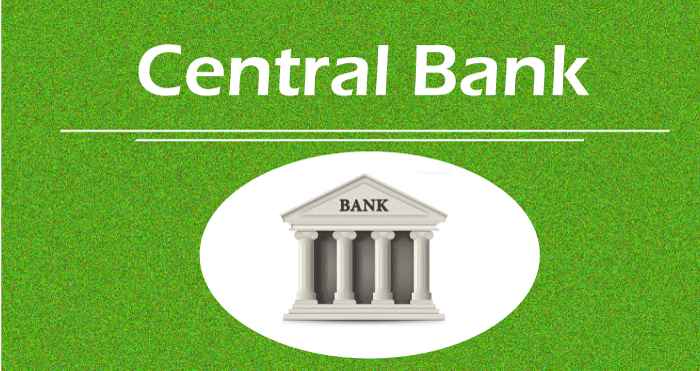In the whirlwind of digital progress, the concept of Central bank digital currency and financial stability stands as a pillar that might hold the power to redefine our financial terrain. Picture this: you’re already familiar with the convenience of digital transactions, but CBDCs could revolutionize not just how we spend, but also shape the very core of banking systems as we know them. They throw traditional currencies a curveball, mingling the trust and regulation of central banks with the edge of cutting-edge technology. With digital currencies knocking at our economy’s door, let’s dive into how they could impact our money’s security and accessibility. Could they truly be the ace up the financial sector’s sleeve? Join me in uncovering the potential of CBDCs to change the game for a stable financial future.
The Impact of CBDCs on Traditional Banking and Payment Systems
Modernizing the Landscape: CBDCs and Payment System Overhaul
Think of the way we pay for things today. We use cash, cards, and online banking. But the world is changing. Enter CBDCs—the digital form of our money, made by central banks. They could change game rules for how we use money.
Now, CBDCs aren’t like Bitcoin or other cryptos. They hold the same value as the money in your pocket. And yes, they’re safe, backed by the trusty central banks. They make moving money faster, cheaper, and more secure. Plus, a CBDC makes it easier for you to buy stuff and pay bills, all with a click or a tap.
CBDCs can impact banks and how we pay in big ways. They can let banks offer new services while keeping your money safe. Let’s dive deeper into those changes.
Digital currency regulation aims to ensure that CBDCs work well without hurting our financial health. CBDCs and blockchain go hand in hand. The technology keeps track of all digital money moves securely. Think of it like an unbreakable chain that holds all transactions.
Central banks have to think about how CBDCs affect the whole economy. Payment system modernization is a big focus. We’re talking about making payments smoother and smarter. It’s like upgrading an old phone—you get the latest features that make your life easier.
Balancing Act: Maintaining Traditional Banking Amidst the Rise of Digital Currencies
You might wonder, what about my local bank? Don’t worry. Traditional banks will still play a big role. They help manage our finances, and that means a lot. With CBDCs, banks might need to step up their game. They could offer new digital services or better deals to stay ahead.
CBDCs could give birth to a world where money flows like never before. They’re here to blend with our everyday money habits, not replace them. Central banks know they need to keep things steady. They watch CBDCs closely to make sure they add to the economy, not stir trouble.
So, what about the digital cash in your digital wallet? It’s part of the bigger picture. It ties into how we’ll manage money tomorrow. The key is balance—keeping the good stuff we know, like banks that keep money safe, and bringing in new things, like speed and ease with CBDCs.
To sum it all up, CBDCs are here to join hands with how we handle money right now. They could help us all one day—making our money moves faster and easier. In truth, it’s a big step toward a future with money that’s ready for the digital world we live in. And who knows, maybe soon you’ll pay for your ice cream with just a blink of an eye. But let’s take it one step at a time, shall we?
Regulatory Frameworks Governing CBDCs
Building Legal Foundations: Crafting CBDC Regulations
We’re stepping into a new world of money. Banks and governments think hard about digital cash. We call it CBDC or central bank digital currency. Big words, but it’s real simple. Think of it like the money in your pocket, but digital. Making laws for this digital money is key. We don’t want things to go wrong. Handling money has to be safe, right? Safety comes with good rules. These rules make sure CBDC helps everyone. It should be fair and easy to use.
Setting these rules is not easy. We must think about how digital cash will change how we pay for things. We want to make sure it won’t hurt our banks. Regulating CBDC means making sure it’s safe. When we use our phones to pay, we don’t want to worry. We don’t want hackers to steal our money. So, keeping our digital money safe is a must. The rules help everyone trust CBDC. Trust is a big deal in money matters.
The biggest question is, will CBDC affect our banks? The answer is yes, but we can manage that. Banks help move money. They give loans and help our money grow. Digital cash must do this without harming banks. We need smart rules for this.
From Policy to Practice: Implementing CBDC Legal Frameworks
After making the rules, we put them to work. This is where the talking stops and the action starts. Each country might do it differently. But they all follow the same idea. We make sure money stays stable. We make sure nobody gets left behind. This is about including more people. Both the rich and the poor should use digital money. It’s about getting the new system to fit with old ways. Like when we switched from letters to email.
Moving from rules to everyday life is big. It changes how we buy stuff. It changes how we save and send money. We test these rules in small ways first. We call these tests pilot programs. They help us see and fix problems. Rules might need tweaking. By testing, we learn and get better.
If you’re new to CBDC, you might wonder what sets it apart from the likes of Bitcoin. CBDC is different from other digital money like Bitcoin. It’s like your usual money but in digital form. Bitcoin is something else, more like an investment. CBDC is safe because it has the support of central banks.
As the expert, I know the role of experts like me. We study and work to make sure CBDC brings more good than harm. We aim to build a digital money world that is fair and safe for all. Digital cash should make life easier. It should help businesses grow, let you pay quickly, and include everyone. We’re making steps toward that future right now. With solid rules and smart ways to put them to work, we can handle the change well. This is how we keep our money in step with our digital lives. It’s how we all win in the age of digital money.
Technological Considerations and the Role of Blockchain in CBDCs
Blockchain: The Backbone of CBDC Operations
Blockchain is key in CBDC systems. It helps make them work well and stay safe. Here’s how blockchain does this. It creates a record that can’t be changed. Every deal is added to a “chain” made of “blocks”. It’s like a book that keeps getting longer. Each part of the chain checks the others. This makes sure every deal is correct.
This tech is a big deal for central banks. They need to track money in real-time. Blockchain lets them do this without pause. It also lowers the chance of fraud. With blockchain, digital cash becomes safer and faster. It’s different from normal money because it’s online, not in your hand.
Now, you might worry: “Is blockchain the same as bitcoin?” No, they’re not the same. Bitcoin is a type of e-money, but it’s not tied to a country. CBDC is like digital coins from a bank you can trust. It’s backed by the government of a country. So, it’s safer and more stable than bitcoin.
Blockchain in finance is not just cool tech. It’s a way to change how we deal with money. It can make banking systems better and help new ideas in finance to grow. By using blockchain, central banks can join the digital world. They do this while making sure the money system stays steady.
Ensuring Security: Cyber Threats and CBDC Safeguards
Cyber security is a must for CBDCs. Like in video games, bad guys are out there. They want to hack and steal. Banks have to be like superheroes, stopping these bad guys. Banks use smart plans to protect the money online. For CBDCs, this means fighting off hackers. They use codes and puzzles that are hard to solve. This keeps the digital money in a safe place.
But what about when the money crosses borders? This is tricky. Banks have to work with other countries to keep money safe. They have to make sure that bad guys can’t get in, no matter where the money goes.
The tech behind CBDCs also has to be right for everyone. Some folks have less, and tech can be costly. Banks want everyone to be able to use digital cash. They’re trying to make CBDCs easy for all people to use.
In short, banks are working hard to keep your digital cash safe. They use blockchain and have rules to follow. CBDCs could make buying things easier and faster. They’re making sure everyone can use this new kind of money. And, most of all, they’re fighting off cyber bad guys every step of the way.
Advancing Financial Inclusion and Protecting Privacy with CBDCs
Breaking Barriers: CBDCs and Their Potential for Financial Inclusion
Money talks, they say, but it should also listen. In today’s world, cash is losing its crown to digital money. Here’s the deal: lots of folks still don’t have bank accounts. That’s a big problem. CBDCs, short for central bank digital currencies, could change the game. They can reach everyone, even those far from a bank.
Think about CBDCs as cash but on your phone. Central banks make them, so they are safe. With CBDCs, anyone with a phone could get and use money. No need for a bank branch. This could help many, many people start using money in better ways.
Right now, people without bank accounts miss out. They can’t save money safely or get loans easily. CBDCs could fix this problem. Everyone could join in, no matter where they live or how much they have. Money would be fair for all.
For sure, CBDCs could make everyone’s wallets a bit fuller. They could help families save better and grow small businesses faster. With CBDCs, sending money could be as simple as sending a text.
But wait, can CBDCs hurt regular banks? Not really. They can work together, like friends. Banks can give out loans and offer advice, while CBDCs make sure nobody is left out.
So, how does this all fit with cash? Well, CBDCs won’t kick cash out. Some folks will still want it. They can live side by side, making sure everyone can pay and get paid in a way that works for them.
Navigating Privacy Concerns in the Age of Digital Currency
Now, let’s chat about a super important part: privacy. With CBDCs, people might worry about who sees their money stuff. We get it; your money business is your business.
Here’s the scoop: CBDCs are made to be private. Yes, they use techy things like blockchains, but only to keep your money safe. They’re not going to snoop on your shopping trips. But just like banks today, they need to watch out for bad stuff like stealing and cheating.
The people in charge are making rules to keep your CBDC money business safe. They want you to feel good about using digital dollars. They don’t want any sneaky peeks at your money moves.
Here’s the bottom line: everyone should use money without fear. CBDCs aim to handle your money and your secrets well. You should feel safe, and CBDCs are working on that. They’re not just about tech and rules. They’re about trust. They want to earn yours.
So, CBDCs have big plans! They want to bring everyone into today’s money world. And they want to do it right. Keeping your cash safe and your money moves private. That’s what matters. Digital money should make lives easier, not cause headaches.
Think of CBDCs as friends, ready to help and keep secrets. Like superheroes for your wallet! And just maybe, they could change things for the better, one digital dollar at a time.
In this post, we explored how digital currencies are shaking up the banking world. From the start, we saw how central bank digital currencies (CBDCs) could refresh how we handle money. They promise to make paying for things faster and simpler. Yet, banks need to find their place in this new landscape. They must change some old ways but keep the trust we’re used to.
We then dived into the rules that make CBDCs work. Setting up these laws is tricky, but it’s key to bringing CBDCs to life. We must get this right to make sure these digital bucks are safe and fair for everyone.
Next, tech talk took center stage. Blockchain stands out here, acting as the heart of CBDCs. It’s this tech that might keep our digital dollars safe from hackers.
Finally, we tackled big issues: reaching those left out of banking and keeping our money matters private. CBDCs might help more people get into banking. Yet, we can’t forget how important it is to protect our personal details.
CBDCs could be a game-changer, making money work better for all of us. As we step into this new age, let’s keep our eyes open. We’re moving into exciting times, with trust as our guide and tech as our tool.
Q&A :
How does a Central Bank Digital Currency affect financial stability?
Central Bank Digital Currency (CBDC) has the potential to impact financial stability both positively and negatively. Positively, it could improve the efficiency of payment systems and reduce the costs associated with money handling. Negatively, it may lead to a faster run from bank deposits into the safer CBDC during crises, potentially destabilizing traditional banks.
What are the risks of introducing a Central Bank Digital Currency?
Introducing a Central Bank Digital Currency carries several risks, including the disruption of the banking sector by changing how deposits are made and loans are given, potential for cyberattacks, privacy concerns, and the risk of accelerating bank runs during a financial panic.
Can Central Bank Digital Currency reduce financial system risks?
A CBDC could potentially reduce certain financial system risks by providing an additional option for secure and efficient settlements. It also offers the central bank a new tool for executing monetary policy. However, if not carefully implemented, it might also introduce new risks, such as operational risks and a concentration of credit risk.
What role does a Central Bank Digital Currency play in monetary policy?
A Central Bank Digital Currency plays a significant role in monetary policy by providing a new instrument for central banks to control the supply of money and influence inflation directly. It can be used to bypass traditional banking channels, allowing for more immediate and targeted policy actions.
How might a Central Bank Digital Currency impact traditional banking?
A Central Bank Digital Currency could have profound impacts on traditional banking by shifting some functions traditionally performed by commercial banks to the central bank, such as the direct provision of money to the public. This could lead to reduced profitability for commercial banks, but also increased competition and innovation within the financial sector.






